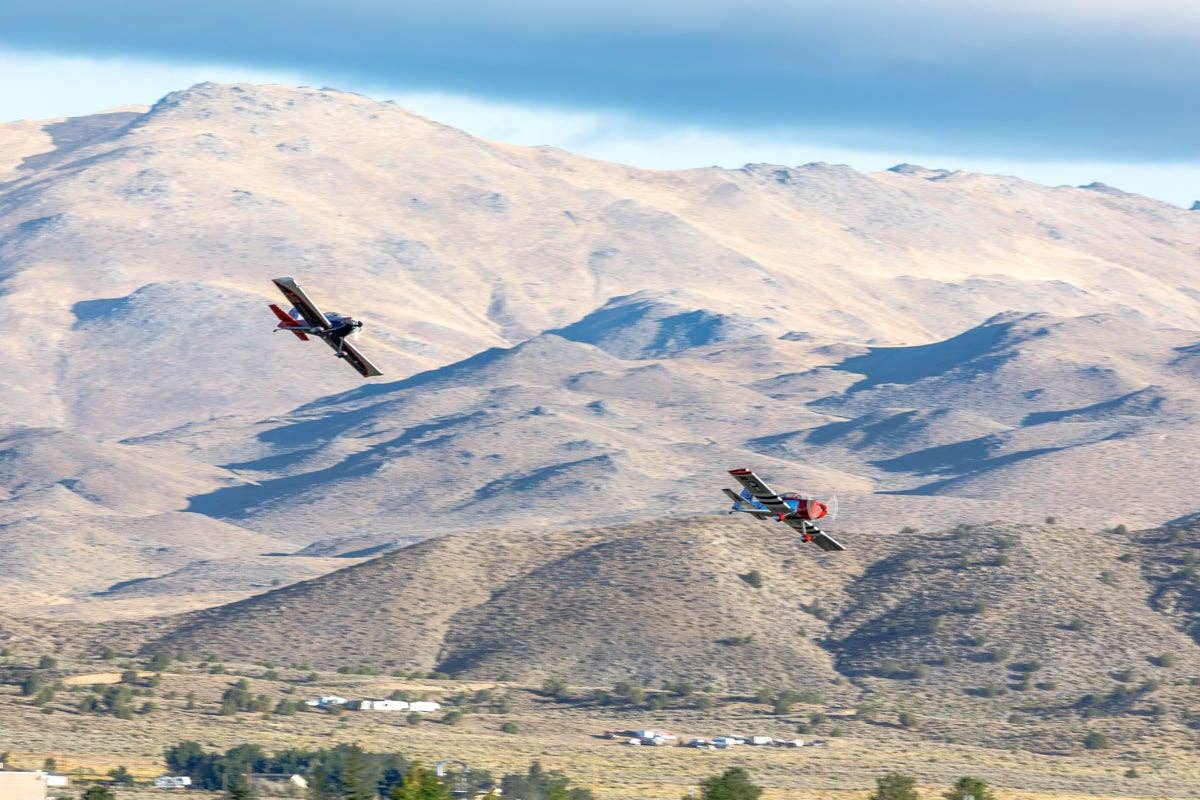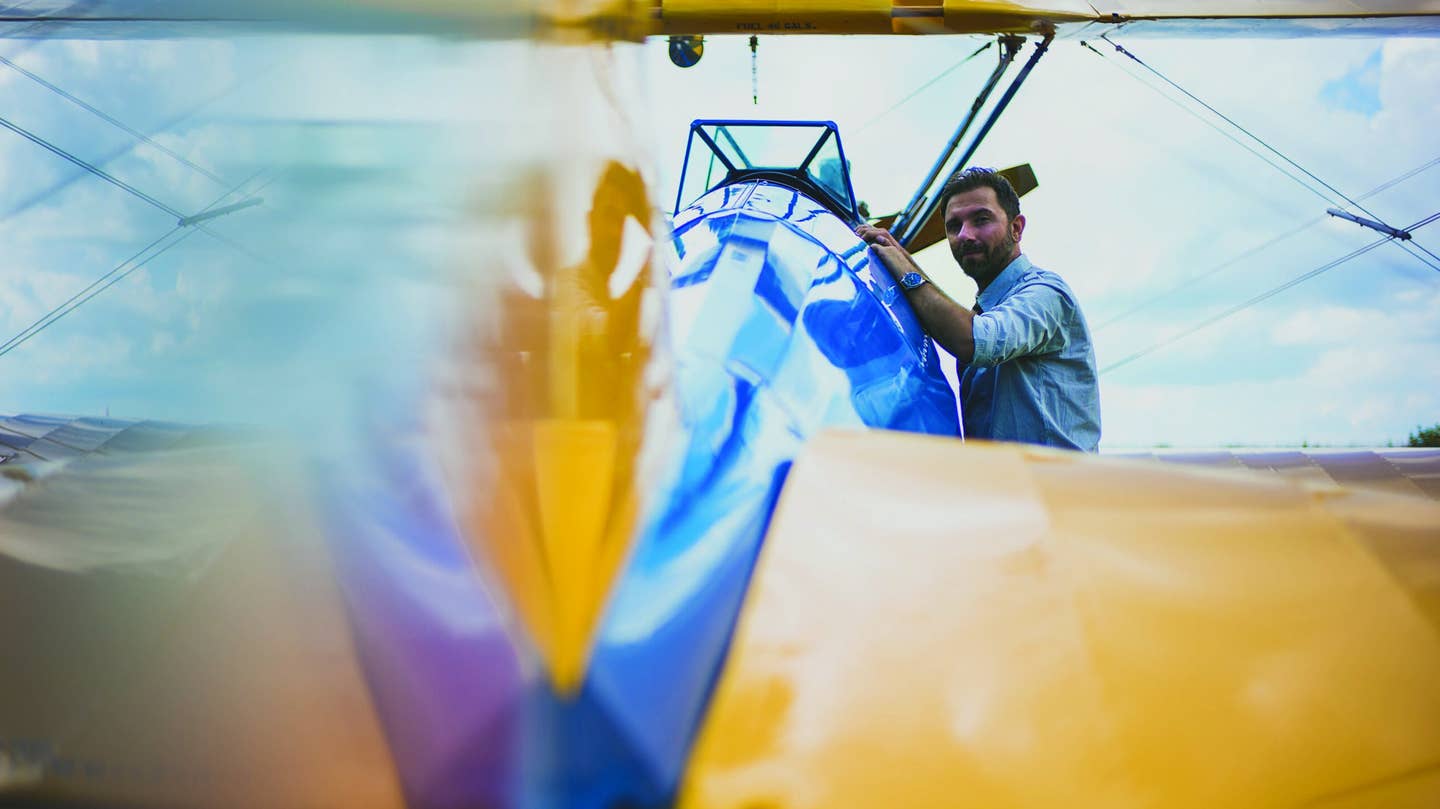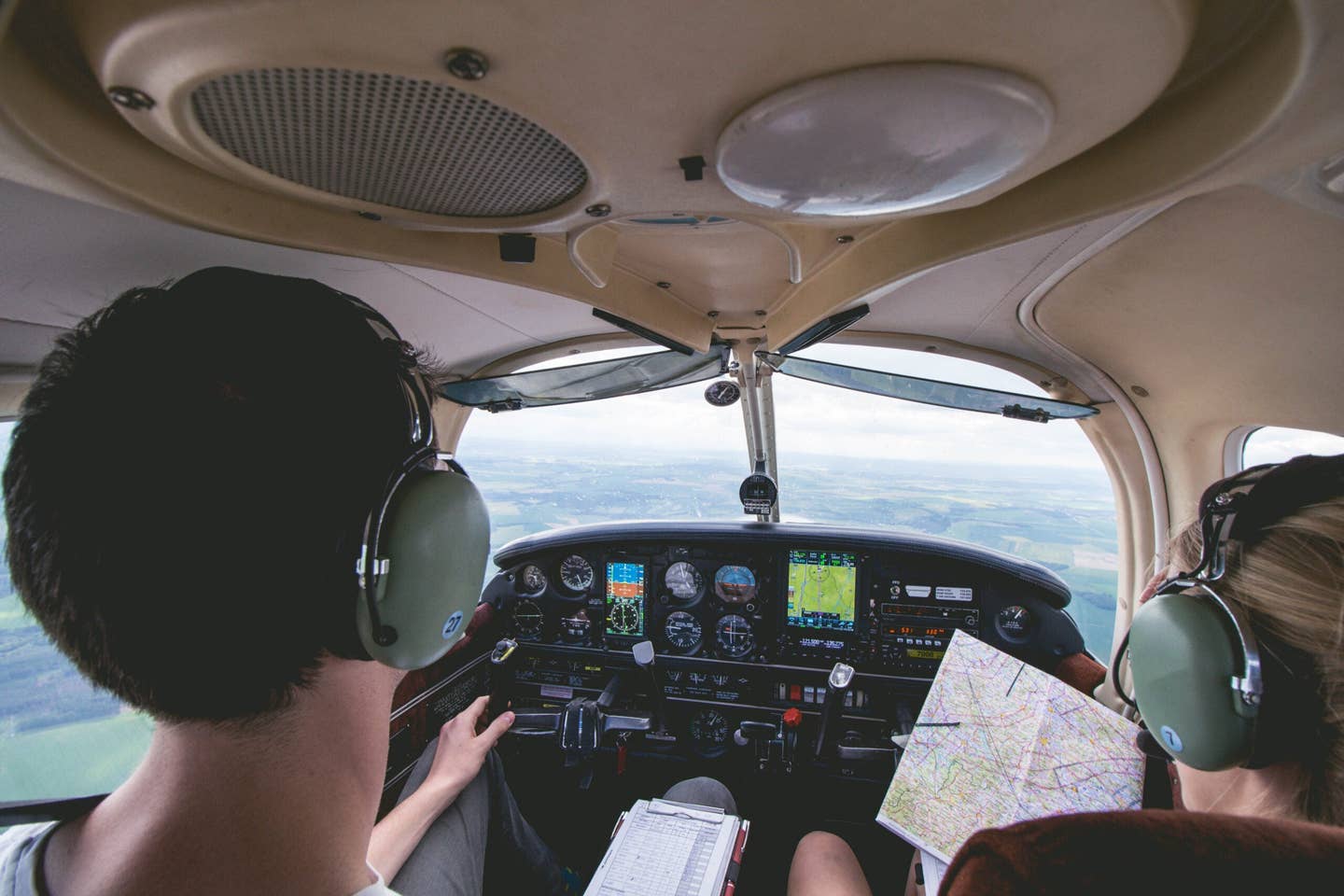Collings Foundation Grounds Air Tour for WWII Aircraft
The Collings Foundation is ending its decades-long Wings of Freedom tour and putting its aircraft on permanent display at its Massachusetts museum.

Aircraft from the Wings of Freedom tour will be put on display at the Collings Foundation American Heritage Museum. [Courtesy: Hunter Chaney]
"In the wake of the 2019 B-17 Flying Fortress accident..." The message begins in the Collings Foundation American Heritage Museum newsletter, "We are moving forward on our long-term plans to bring the aircraft from a nationwide flying exhibition to permanent display here in Massachusetts."
For decades, the Wings of Freedom tour brought World War II aircraft to thousands of aviation fans at airports across the country, offering rides for a price aboard the Boeing B-17G, B-25, B-24, and P-51D.
The end of the decades-long tour did not come as a surprise to many, who, after watching the high profile deadly accidents of recent years, feared this would happen. However, Rob Collings, the president of the Foundation noted that the Wings of Freedom Tour was originally begun to reach as many World War II veterans as possible and it did—but, as noted by Collings, there are very few World War II veterans left, and the focus of the organization has shifted to "acquire and restore the most historic types of aircraft and artifacts with the best provenance to allow a new generation to connect with the history."
According to Collings, the American Heritage Museum is a 501(c)(3) organization located in Hudson, Massachusetts, has "a collection of military vehicles spanning the U.S. Army, Air Force, Navy, Marines and Coast Guard and other nations with 50 aircraft and over 90 vehicles in addition to large artifacts such as the rebuilt Hanoi Hilton POW cell and a part of the Berlin Wall.” To allow more school groups, greater education, and more robust preservation of the legacy of the veterans meant a far more immersive, audio-visual based museum, which the American Heritage Museum has delivered. “We have adapted our approach," he continued, "but we still remain committed to operating many of the vehicles and aircraft for the public at our events and with our outreach program."
The expansion of the museum will add more than 90,000 square feet of highly immersive museum space to display the most iconic aircraft from World War I and World War II. The ground vehicles, such as the tanks, will still be operated as part of the living history weekends held in the summer.
Many in the warbird community predicted this outcome following the loss of the B-17 Nine-O-Nine that killed seven people and injured seven at Bradley International Airport (KBDL) in Connecticut. The accident happened during the Wings of Freedom Tour. For ten months out of the year, the tour traveled around the U.S. Many FBOs sponsored and hosted the tour, as it was great for business to have these iconic aircraft parked on the ramp.
During the tour, people paid hundreds of dollars for a 20-minute airplane ride. A seat on the B-17 or B-24 ran $425. A seat in the front compartment of the B-25 went for $400, one in the back for $325. The back seat in the P-51D went for $2,200 for 30 minutes. As the organization is a 501(c)(3), the money was considered a donation. During a stop, the B-17 routine flew two rides per hour with ten passengers onboard. In addition, t-shirt sales at stops added up to millions of dollars per year. That all ended on October 2, 2019.
The Accident
According to the National Transportation Safety Board (NTSB), the accident flight was the first of the day. The aircraft with two pilots, a loadmaster, and seven passengers lifted off from Runway 06. The Collings Foundation was operating under an FAA exemption 6540P as part of a Living History Flight Experience (LHFE).
Normal procedures called for all occupants of the aircraft to be seated and seatbelted in during takeoffs and landings. Normally, two passengers were seated on the flight deck behind the pilot and copilot while the rest of the passengers and the loadmaster occupied seats on the floor in the radio compartment. Each seat had a military style seatbelt with a lift and latch attachment. Normal procedures called for the loadmaster to brief the passengers on seatbelt use, exits and safety equipment. The loadmaster was also tasked with letting the passengers know when it was safe to get out of these seats and roam around the aircraft and when they needed to return to their seats.
- READ MORE: B-17 “Nine-O-Nine” Crashes in Connecticut
According to the NTSB report, the loadmaster, the only member of the crew to survive the accident, was standing, unsecured, between the pilots during takeoff. He left the cockpit just after takeoff to tell the passengers they could get out of their seats, but when he returned to the cockpit he realized the aircraft was not climbing.
The aircraft was at an altitude of approximately 600 feet above ground on the right crosswind leg when one of the pilots contacted air traffic control stating that the airplane needed to return to land because of a rough magneto. The controller asked the pilot if he needed any assistance, to which the pilot replied,“negative.”
The loadmaster told the NTSB that the pilot instructed the copilot to extend the landing gear, which he did. The loadmaster then left the cockpit to instruct the passengers to return to their seats and fasten their seat belts. According to local news reports, one of the passengers texted his wife that the aircraft was returning "because of turbulence."
When the loadmaster returned again to the cockpit, the pilot stated that "the No. 4 engine was losing power" and then, without discussion or crew coordination, shut down the engine and feathered the propeller.
Video of the bomber taken from the ground shows it struggling to hold altitude. When the airplane was at midfield on downwind, it was at an altitude of about 400 feet agl, although it had about 2.7 miles to go before it reached the threshold for Runway 6. The airplane came in with its right wing down, striking the ground 500 feet short of the runway. The aircraft veered to the right as it continued its landing roll, colliding with ground vehicles and sliding over a deicing fluid tank 940 feet to the right of the runway. An explosion and post-accident fire consumed the aircraft.
The cause of death for the pilot and copilot were smoke inhalation, thermal injury, and blunt trauma.
The cause of death for the five passengers was blunt impact injury and/or thermal injury and smoke inhalation. Two passengers and the loadmaster escaped out the cockpit window. The rest of the survivors got out through the rear of the aircraft. One person on the ground was injured as well.
During the investigation, the NTSB found numerous unresolved maintenance issues and crew training failures. It was noted that the pilot in command on the accident flight was also the director of maintenance. The uncommanded loss of engine power was attributed to deferred maintenance. In addition, there was a lack of oversight by the FAA of the Foundation's safety management practices system, which, in addition to aircraft maintenance, included flight operations, such as briefing passengers on the proper use of seatbelts, exits, and emergency equipment. It was also noted that the pilots did not use shoulder harnesses and the loadmaster would stand unrestrained between the pilots during takeoff and landing although there was a seat with a seatbelt for him to the left of the ball turret.
The NTSB noted, "The pilots’ failure to use their shoulder harnesses and the loadmaster’s failure to be restrained during takeoff and landing were inconsistent with federal regulations addressing the use of safety belts and shoulder harnesses.”
In March of 2020, the FAA ruled that the Collings Foundation could no longer accept money from people who wanted to fly aboard the organization's World War II aircraft. The agency also denied the Foundation's request to renew the LHFE exemption.
The NTSB probable cause of the accident, released on May 17, 2021, cited the pilot’s failure to properly manage the airplane’s configuration and airspeed after he shut down the No. 4 engine following its partial loss of power during the initial climb. Contributing to the accident was the pilot/maintenance director’s inadequate maintenance while the airplane was on tour, which resulted in the partial loss of power to the No. 3 and No. 4 engines; the Collings Foundation’s ineffective safety management system (SMS), which failed to identify and mitigate safety risks; and the FAA’s inadequate oversight of the Collings Foundation’s SMS.
Last month, the Collings Foundation settled legal claims involving eight of the passengers who were aboard Nine-O-Nine when it crashed. Two other persons involved reached a deal with the Foundation in 2021. Terms of the settlements were not released to the public.
Grounding the Remaining B-17s
The call to ground the remaining B-17s rang out again last November when the Commemorative Air Force B-17 Texas Raiders was destroyed in a midair collision with a Bell P-63 Kingcobra on November 12, 2022, during the Wings Over Dallas Airshow. Six men were killed when the P-63 sliced through the B-17 to the horror of the thousands of people who were at the show and the millions more who saw the online photographs and video of the collision. The NTSB and FAA are still investigating that accident.
- READ MORE: Remembering ‘Texas Raiders’
Prior to this in 2011 the B-17 Liberty Belle was destroyed by fire after an unscheduled off-airport landing. The fire broke out in flight. Thanks to the skill of the crew, no one was killed when the pilots landed it in an agricultural field in Aurora, Illinois. Unfortunately, the rain-soaked ground was too soft for fire trucks to reach the aircraft so the crews watched helplessly from the road as it burned.
According to Experimental Aircraft Association (EAA) spokesman Dick Knapinski, their B-17 Aluminum Overcast is still in the shop for spar repairs triggered by an airworthiness directive issued last spring.
However, the EAA still plans to have their B-25 and Ford TriMotor flying in 2024.

Sign-up for newsletters & special offers!
Get the latest FLYING stories & special offers delivered directly to your inbox






